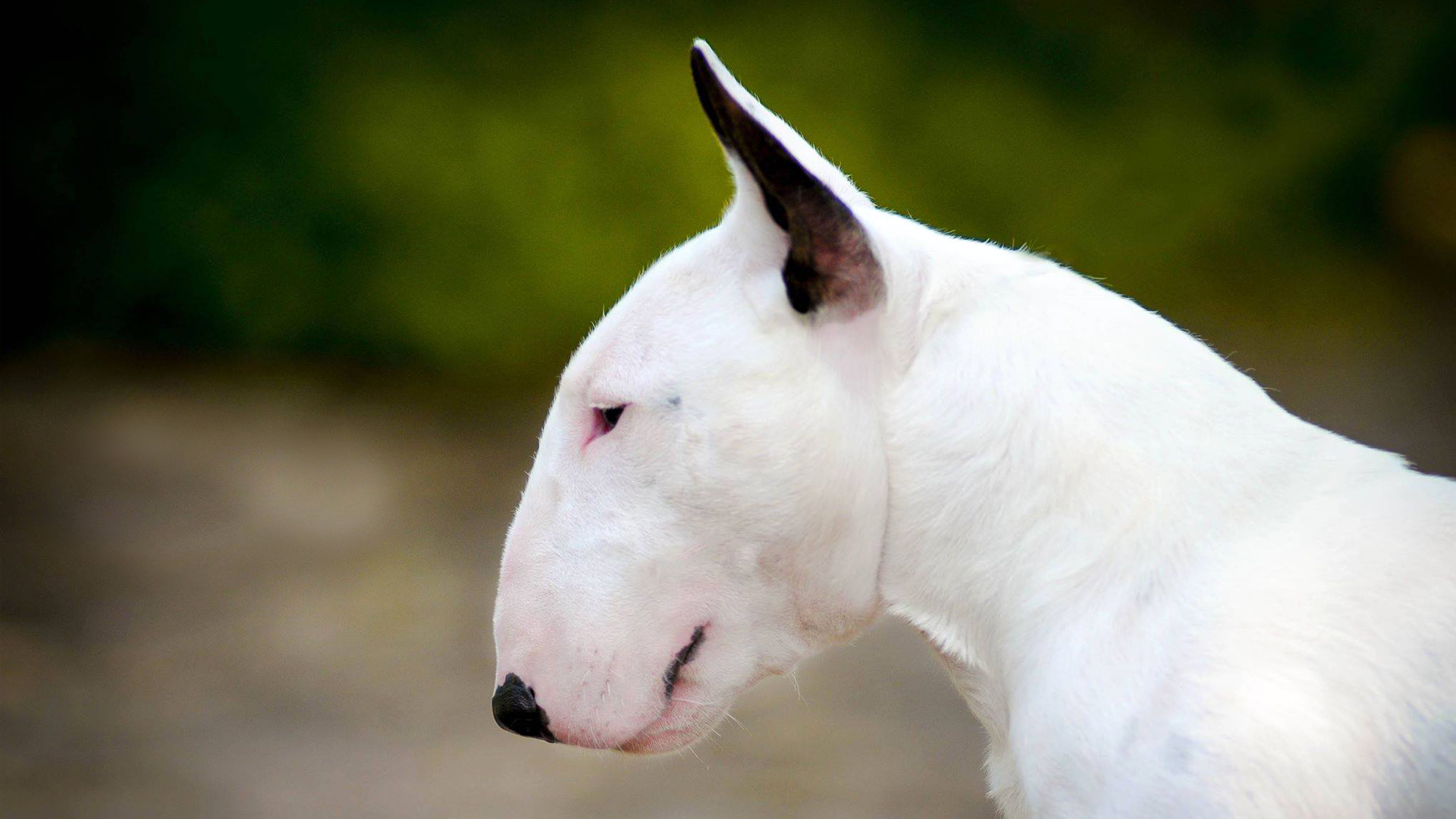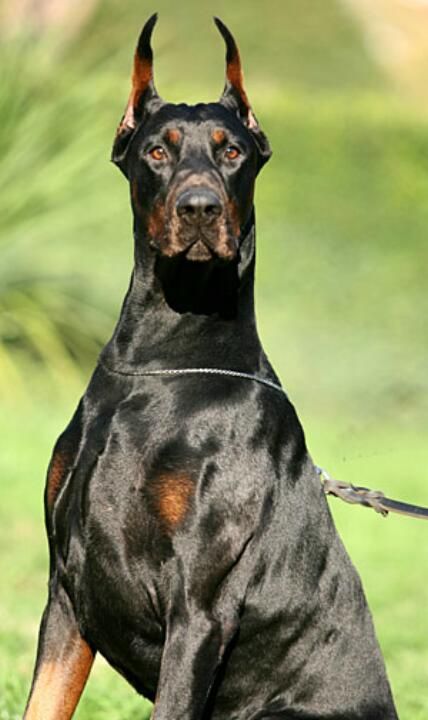Breed-related disease: Bull Terrier

John K. Rosembert Descended from the extinct old English bulldog and Manchester terrier, the bull terrier was originally bred to help control vermin and to fight in the blood sports of bull and bear baiting. Today’s iteration looks as different as he behaves. With the most recognizable feature is its head, described as ‘egg-shaped head’, […]
Breed-related disease: Bombay cat

The Bombay is one of several breeds created to look like a miniature version of a wild cat. In Bombay’s case, it is the Mini-Me of the Black Panther and does quite a good impersonation indeed. To achieve the breed, breeders took two different paths. In Britain, they crossed Burmese with black domestic cats. In […]
Breed-related disease: Doberman

Doberman Pinschers originated in Germany during the late 19th century, mostly bred as guard dogs. Their exact ancestry is unknown, but they’re believed to be a mixture of many dog breeds, including the Rottweiler, Black and Tan Terrier, and German Pinscher. Dobermans are compactly-built dogs—muscular, fast, and powerful—standing between 24 to 28 inches at the […]
Chlamydophila felis: A Unique Bacteria Causing Diseases to Felines

Chlamydophila felis: A Unique Bacteria Causing Diseases to Felines Maigan Espinili Maruquin Structure and Replication The chlamydiae is unique obligate intracellular bacteria. The Chlamydophila felis is a Gram- negative and rod- shaped coccoid bacterium however the cell wall lacks peptidoglycan (Gruffydd-Jones, Addie et al. 2009). It has two morphologically distinct structures. The (1) […]
Vector-borne disease: Ehrlichia spp. infection

Vector-borne disease: Ehrlichia spp. infection Canine Ehrlichiosis Andy Pachikerl, Ph.D Introduction Ehrlichiosis is a disease of dogs, humans, livestock, and wildlife that is widely distributed around the world and is transmitted by tick vectors. The pathogen of the disease, Ehrlichia, was renamed and classified in 2001 according to the bacterial 16S RNA and […]
Case study: Canine non‐epitheliotropic CD4‐positive cutaneous T‐cell lymphoma: a case report

Case study: Canine non‐epitheliotropic CD4‐positive cutaneous T‐cell lymphoma: a case report Robert Lo, Ph.D, D.V.M A 5‐year‐old, spayed female French Bulldog presented with multiple papules on the skin of the scapular area. Histopathological examination of skin biopsy specimens showed proliferated small lymphoid cells in the superficial dermis and in the area around the […]

